Marketing Qualified Leads: What They Are and How to Find Them [2023]
If you’re a marketer and aren’t sure what a marketing qualified lead is, no one blames you. New marketing jargon comes and goes every year. Some terms stick, some merge with other terms, and others disappear altogether. It’s hard to keep up with it all while also doing your job well.
But marketing qualified lead is one piece of jargon that’s been around long enough it probably deserves your attention.
Here’s everything you need to know about it:
What is a Marketing Qualified Lead?
A marketing qualified lead (MQL) is a member of your audience who has engaged with your business in the right ways to suggest they’re likely to become the right fit to become a customer.
Think about the thousands of people who visit a website every month. No matter your industry, a huge portion will navigate away without interacting with your site at all:

A few visitors will browse and consume some content, then leave. None of these actions suggest someone is likely to buy.
But what about someone who visits a website, downloads a lead magnet, and signs up for a free trial? That person could be considered a marketing qualified lead because they’re much more likely to go on to make a purchase than all those other site visitors.
Now, someone who just consumes some content on your site can still be considered a lead, just not a Marketing Qualified Lead. Not all leads are created equal — a deep dive of your performance analytics can show you which behaviors most suggest someone is likely to purchase.
Identifying who your MQLs are is a valuable strategy, because you can market to them in a different way to increase the chances of them converting even more.
While the example above explains what a MQL might be for one kind of business, the definition can vary a lot between businesses. It all depends on what behavioral signals suggest your unique audience is likely to purchase your products or services.
Depending on your definition, someone could become a MQL after performing a single action or a combination of actions. Here are some other examples of behaviors that might indicate someone’s a marketing qualified lead:
- Downloading a free resource
- Trying your software demo
- Adding items to a wish list
- Adding items to a shopping cart
- Signing up for a webinar or free course
- Visiting your site after clicking on an ad
- Visiting your sales page repeatedly
Marketing Qualified Leads vs Sales Qualified Leads
Whether you’re generating B2B leads or aged life insurance leads it’s important to make a distinction between sales qualified leads (SQLs). These two terms are often confused with each other, but the strategies you should take to nurture MQLs and SQLs are quite different.

A sales-qualified lead is someone who’s shown immediate interest in purchasing from you. For example, someone who reached out to you to get more information about your products could be considered a SQL. Instead of marketing to them like you would a MQL, you should put them in contact with a sales representative to close the deal.
How you define MQLs vs SQLs also depends on your unique business performance. Just understand that MQLs are leads that still need some nurturing before indicating they’re ready to make a purchase decision.
How to Find the Best Marketing Qualified Leads
Identifying MQLs so you can market to them directly is only valuable if you do a good job of defining this lead category. The better your understanding of how MQLs differ from normal leads, the more relevant changes you can make to your marketing strategy to convert them and hit your quota.
Here are some key tactics that can help you find the best marketing qualified leads:
Analyze the pre-purchase behavior of your current customers
Probably the best place to look for information to define MQLs is with your current customers. What content did they consume, and what contact points did they make before converting? If you have an attribution strategy in place, this should be easy enough to find out. Say you discover that leads that sign up for your webinar are 150% more likely to make a purchase than those that just sign up for your mailing list. That’s a behavior that could be part of your definition of a MQL.
Focus on demographics that are most likely to convert
You might not want behavioral factors to be the only qualifiers in your definition, because then you’re leaving out a lot of valuable leads who have characteristics that indicate they’re likely to convert. To broaden your definition, you can focus on key demographic factors as well.
Look at the buyer profiles of your current customers. This can include factors such as age, gender, location, company size, buyer’s role in the company, etc. Do the majority of your current customers have some similarities here? For example, maybe your most successful buyer persona includes COOs from medium-sized businesses in the Midwest. You can use these demographic factors to qualify future leads with similar characteristics.
Take advantage of third party insights
It’s important to not just consider internal data insights when defining MQLs. Third party platforms can provide a lot of insights into what characteristics and behaviors suggest someone is likely to purchase.
Google Similar Audiences and Facebook Lookalike Audiences are examples of third party tools that can help you do this. Lookalike Audiences considers the demographics, interests and behaviors of Facebook users to decide if someone is likely to purchase from a business like yours.
When setting up audiences, you can choose between creating a custom audience based on your current buyer persona or a lookalike audience:
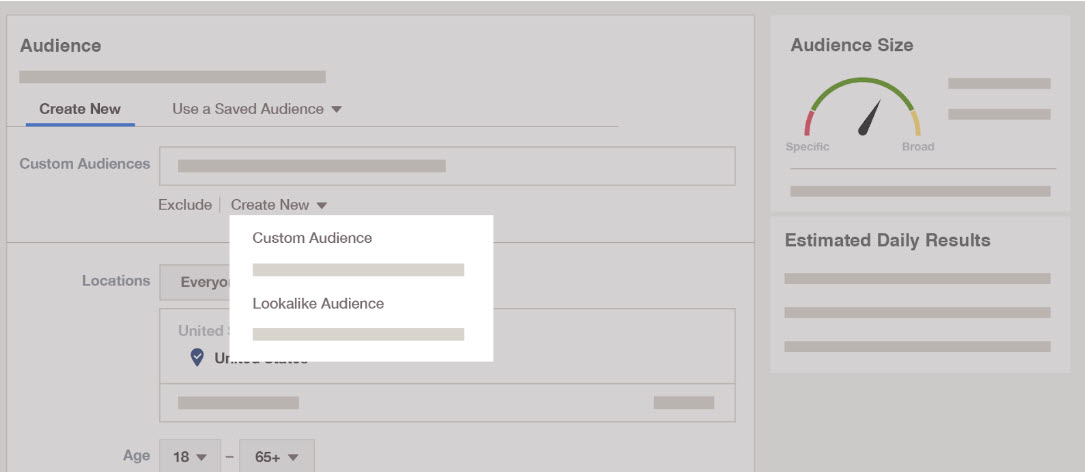
Facebook lets you create audiences using various data sets, including website traffic, customer profiles, app activity, offline activity, and more.
Third-party platforms can help you identify new demographic or behavioral factors that indicate someone is likely to buy from a business like yours. Their insights might not be intuitive, so you wouldn’t necessarily come up with them on your own. For example, you could discover that people with an interest in extreme sports who downloaded a certain marketing app are very likely to be in-market for your products and services. The correlation is there, even if the connections between these traits aren’t so clear.
Get feedback from sales
While hard numbers say a lot, you should also take into consideration anecdotal feedback from your sales team. They’re the ones closing the deal, so they should know a lot about which kinds of leads are most likely to convert. They can offer insights based on audience behavior at the sales stage, and/or demographic factors.
Creating a MQL definition that your sales team agrees with is also valuable because they’re more likely to succeed at their job if you send them the kind of leads they want to work with.
Revisit your MQL definition regularly
The marketing landscape is constantly changing, and so is your target audience. If you really want to succeed using marketing qualified leads, you need to regularly revisit your definition and adjust. As your customer base grows, they can offer new insights into the kinds of people that are likely to purchase from you. The same goes with deriving insights from your sales team and third-party sources.
Any time you decide to change the definition of MQLs, consider segmenting and testing performance. Do you get better results marketing to this new demographic group than the old one? If yes, then you know you’ve done a good job tweaking your definition.
What Next?
Once you have a good definition of what a marketing qualified lead is, you need to decide how to segment this audience and prepare them to become sales qualified leads.
Use your insights about this group of leads to market to them in a unique way. This can include inviting them to a webinar or live demo, emailing them about key features of your product, etc. Anything that better prepares them to become sales qualified leads could be incorporated into your strategy.
Once you’re ready to hand a lead over to sales, make sure you provide sales with details of how you marketed to them. Knowing what content they consumed and events they attended can help sales representatives tailor their message to close each individual deal.
Whatever you do, just make sure to monitor how your campaigns impact the conversion rates of marketing qualified leads overall. That’s the only way to know if singling out this part of your audience is an effective way to drive business goals.
Learn how we help here

Dustin DeTorres is the CEO of DeTorres Group, a B2B Lead Generation & digital marketing agency & Badass Insurance Leads, a life insurance leads provider. To learn more about Dustin DeTorres, click here or visit Badass Insurance Leads here.

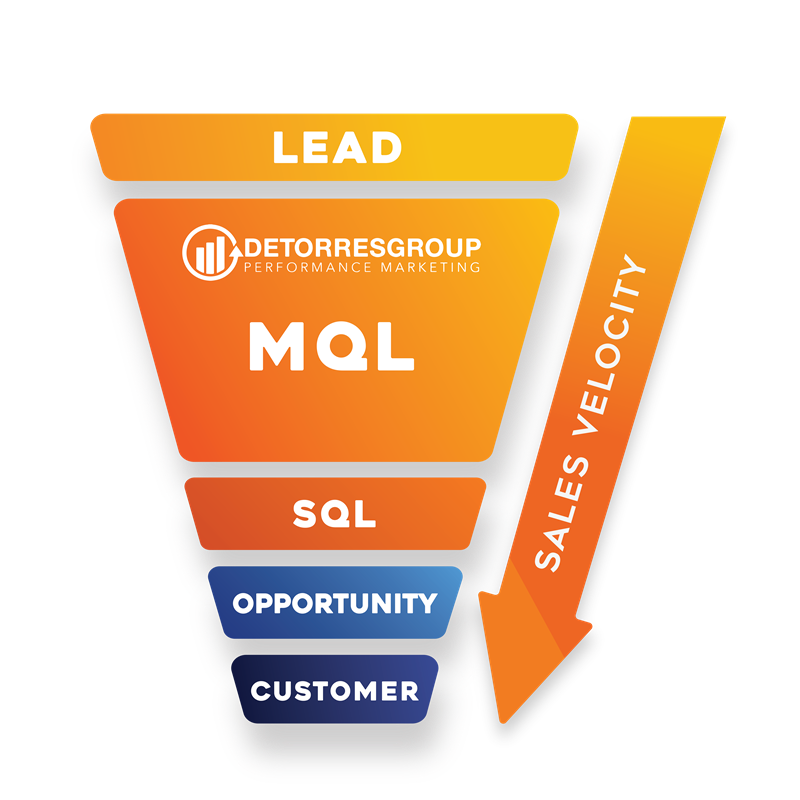
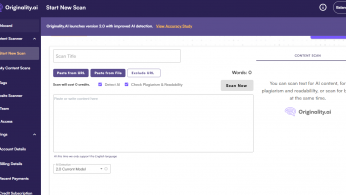
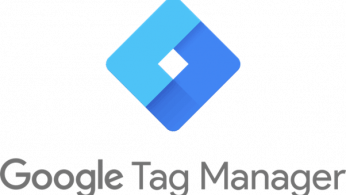

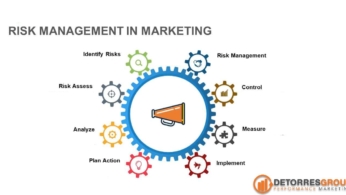

Leave A Comment